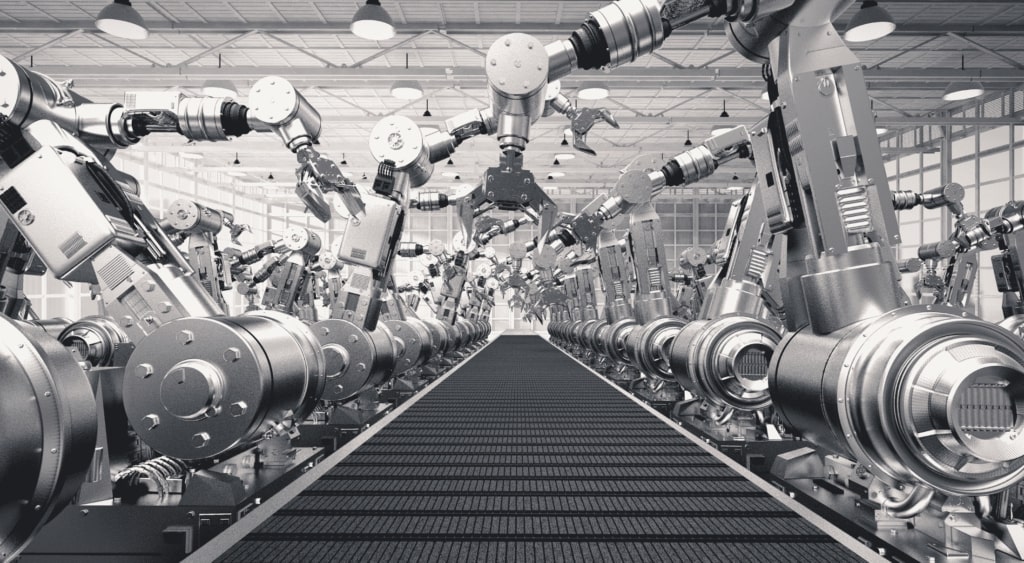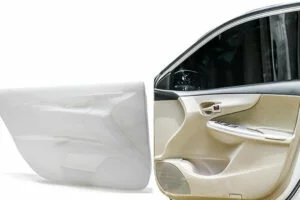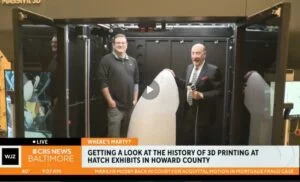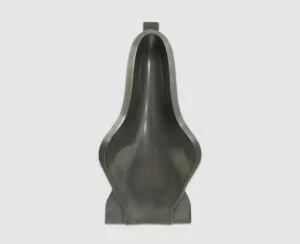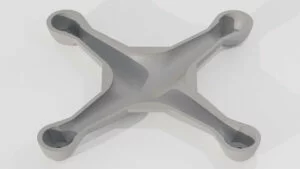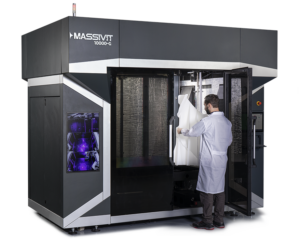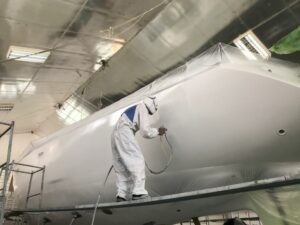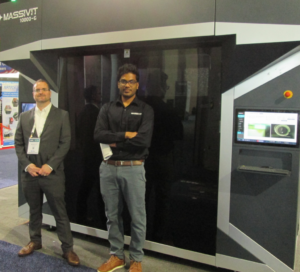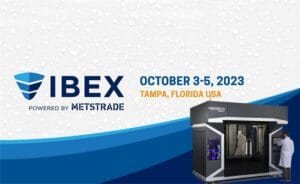Supply Chain Disruptions Have Stirred the Manufacturing Pot
Supply chain disruptions have touched every corner of the globe, leaving virtually no industry unscathed. Key manufacturing powerhouses like China, the Republic of Korea, Germany, the United States, Japan, and India have felt the brunt of these disturbances. From delayed shipments to sourcing difficulties, the disruption’s ripple effects have prompted an industry-wide reckoning.
The silver lining? These challenges have fueled a shift towards nearshoring: bringing production closer to consumption. With less dependence on far-flung suppliers, companies can insulate themselves from global upheaval and gain greater control over their supply chains.
The wide adoption of industrial robots and automation technologies is facilitating this shift. With the ability to operate around the clock, handle repetitive tasks efficiently, and reduce human
error, robots present a viable solution to the labor-cost issue often associated with nearshoring.
Industrial Robots Take the Wheel in the Face of Adversity
In the midst of this flux, industrial robots and automation have emerged as beacons of hope. Marina Bill, President of the International Federation of Robotics (IFR), encapsulates this perspective: “The automotive industry effectively invented automated manufacturing. Today, robots are playing a vital role in enabling this industry’s transition from combustion engines to electric power. Robotic automation helps car manufacturers manage the wholesale changes to long-established manufacturing methods and technologies.”
The rise of automation isn’t just a solution—it’s a transformative shift in how we approach manufacturing. Automation can increase efficiency, bolster precision, and mitigate human error. More importantly, in a time of supply chain uncertainty, it offers a degree of resilience that is proving invaluable. Robots don’t just perform tasks; they symbolize a new era of manufacturing—one where adaptability and innovation are the keys to overcoming adversity.
This is especially true in the pioneering automotive industry, as they increasingly turn to more robots and more automation, shaping the future of automotive manufacturing.
The Surge of Industrial Robot Adoption
While the adoption of industrial robots was already on an upward trajectory, the recent supply chain disruption provided the impetus for an even steeper ascent. IFR data highlights this global surge. In the Republic of Korea, a staggering 2,867 industrial robots were in operation per 10,000 employees in 2021, closely followed by Germany with 1,500 units, the United States with 1,457 units, and Japan with 1,422 units per 10,000 workers.
The world’s largest car manufacturer, China, with a robot density of 772 units, doubled its new robot installations to 61,598 units in 2021. Consequently, China accounted for 52% of the total industrial robot installations worldwide.
And the growth isn’t limited to these heavyweights. Emerging economies are also joining the robotics revolution. India, one of the world’s fastest-growing industrial economies, saw its operational stock of industrial robots more than double in the last five years. According to IFR’s report, “installations more than doubled, up 108 percent versus the previous year.”
The Role of Large-Scale 3D Printing in Robotics Training
As the robotics revolution gathers steam, an intriguing synergy is developing between industrial robotics and large-scale 3D printing. At the heart of this synergy lies the ability of 3D-printed parts to enhance robotics training, particularly in the automotive industry.
Large-scale 3D printing, such as that offered by Massivit, can produce full-size models and mock-ups, enabling realistic simulations for robotic systems. These models can be used to train robots for various tasks on the assembly line, painting, and more. This adds a dimension of authentic simulation to the training process that was previously unattainable, leading to enhanced performance and efficiency in real-world scenarios.
Moreover, with the advent of materials that closely mimic real-world substances, the opportunity for nuanced training becomes even more pronounced. Robots can be trained with 3D-printed parts that replicate the weight, texture, and other properties of the actual parts they will handle, leading to a more precise and efficient operation.
The Long-term Implications of Robotics and Automation for Manufacturing
As we look towards the future, it’s clear that robotics and automation will continue to profoundly shape manufacturing. The ability to reduce costs, enhance efficiency, and respond swiftly to market changes makes these technologies a lynchpin for modern manufacturing.
The automotive industry, an early adopter and innovator of robotics, serves as a bellwether for other industries. As Marina Bill of the IFR notes, robots are playing a “vital role in enabling this industry’s transition from combustion engines to electric power.” We can expect other sectors to follow suit, leveraging robotics to navigate their unique transitions and challenges.
Moreover, the rise of robotics is catalyzing further innovation. As seen with the integration of large-scale 3D printing in robotics training, there’s a ripple effect of technological advancements that push the boundaries of what’s possible.
In this era of Industry 4.0, we stand on the cusp of a new manufacturing paradigm—one where humans and robots work side by side, where production is as local as the nearest robot-equipped facility, and where large-scale 3D printing bridges the gap between the digital and physical realms. The future of manufacturing is not just automated—it’s transformative.


